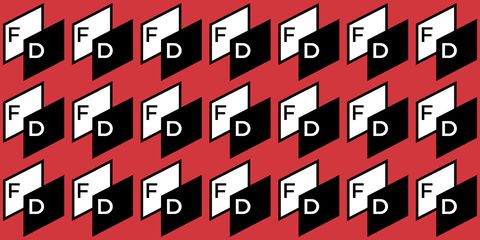5 Questions for Miriam Suzanne
I talked with Jens Oliver Meiert over at Frontend Dogma about our work here at OddBird, what’s happening in the CSS Working Group, and advice for getting started in frontend development.

Excerpt from Jump Start Sass, chapter 11
I’m excited to release Jump Start Sass, a book I co-authored with Kitty Giraudel. Digital copies are available from SitePoint, with print editions sold by O’Reilly. Here’s an excerpt from Chapter 11, Sass Architecture.
Most CSS and Sass organization systems are based on some concept of user interface “components” or discrete pieces that can be put together to form a complete project. Components can be any size or shape, but they should focus on doing one task independently, and in a reusable way. A button, a drop-down, a calendar, and a search form are all examples of components that can be reused at different places across a project. Thinking about your project as a collection of components will help you towards having an organized and maintainable architecture, whether you’re using Sass or plain CSS.
Because of the way CSS works, the order of your code will also affect its meaning: later code has priority in the cascade over the code before it. Some of the popular branded architectures (the ones you know by name) try to eliminate this feature of the cascade entirely, but I use it as a guide – organizing code from the most general to the most specific – so the priority override makes sense. Code that we want applied generally across the site should come first, growing slowly in specificity and detail as we move towards more unique components and special cases.
I first learned of this approach from Natalie Downe’s wonderful CSS Systems talk in 2008 before I’d ever used Sass. Her architecture at the time started with elements (h2, ol, ul, and so on) grouped by “type”, followed by classes grouped by the “effect” created, and finally IDs grouped by the “component” they affect. These days it’s common practice to avoid IDs altogether, and break elements into smaller pieces, but the concept remains the same: global defaults first, followed by site-wide patterns and broad layouts, and finally, more specific modules, themes, and overrides.
Sass projects include another category of site-wide defaults not found in CSS: code with no output at all – such as variables, functions, and mixin definitions. Many people (myself included) break that code into its own set of partials, to be imported anywhere it might be useful. I have a complete folder just for site-wide Sass helpers and configuration that don’t result in output. Those files act as a single, definitive, and reusable configuration that defines the boundaries of a project. By ensuring your configuration is output-free, you can import it anywhere without worrying about duplicated or unwanted styles.
Here are some guidelines for thinking about architecture:
However, many variations do exist on the specific ways people implement those ideas.
You may also find that a lot of the branded systems developed by and for massive companies with large-scale needs don’t always translate to smaller teams and products. Every project has different requirements, so you should never assume that the best solution for InstaFace or MyPinBook is going to be the best solution for you.

I talked with Jens Oliver Meiert over at Frontend Dogma about our work here at OddBird, what’s happening in the CSS Working Group, and advice for getting started in frontend development.

Keep selector conflicts to a minimum
The new @scope rule is here! It’s a better way to keep our component styles contained – without relying on third-party tools or extreme naming conventions.

A new proposal for importing from NPM packages in Sass
UI libraries like Vuetify and Bootstrap make it easy to extend their themes by providing Sass source files with their NPM packages. Now, Sass is requesting feedback on a simpler way to import those libraries into your Sass styles with e.g. @use "pkg:bootstrap".